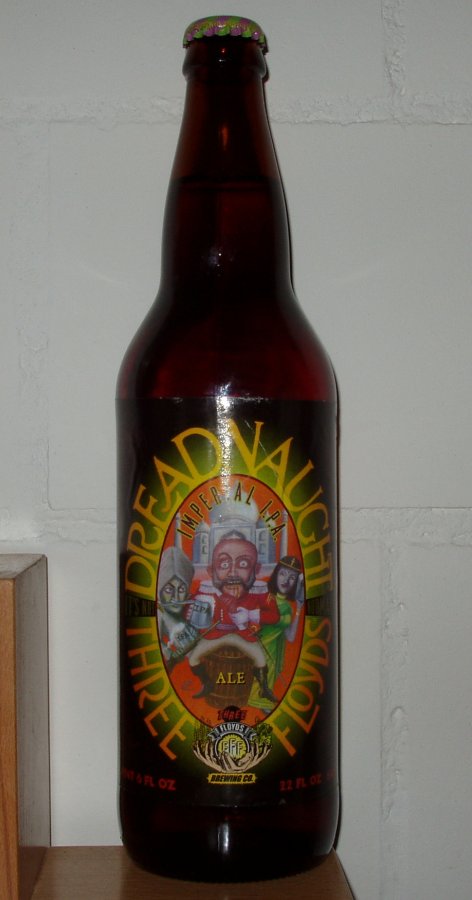
Style 3B: Oktoberfest
Overall: Rich German Vienna/Munich malt aroma, toasty, clean lager aroma. No diacetyl, esters or caramel. The flavor is initially sweet and finished dry, with toasty, complex German malts, moderate bitterness and low hop flavor. Medium body. Drinks smooth, never cloying.
Style comparisons:
-Vienna Lager: Lighter in flavor than a fest beer, more subtle.
-Munich Dunkel Lager: Includes caramel flavor, more bready
Recipe:
5# Vienna Malt
4# Munich
.5# CaraMunich
1 ox. Hallertau (4.5%AA) @ 60 min
Mash @ 151F
Ferment at 52F
German Oktoberfest Lager Yeast
OG: 1.056
FG: 1.012
SRM: 10
IBU: 22
ABV: 5.7%
Case Study: Hacker-Pschorr Oktoberfest-Marzen
This is one heck of a session beer. The abv is a bit high for that title, but damn this beer is easy to drink and tasty. It's a nice amber-red with a bit of head and lacing. The aroma and taste are a simple, but delicious mix of mellow roasted malt and caramel with a touch of hops. The carbonation is a bit light, but that doesn't take away from anything and allows for great drinkability. Yummy.











